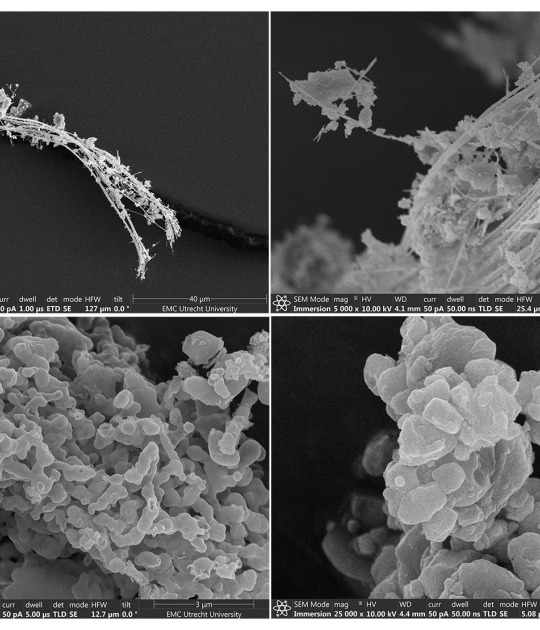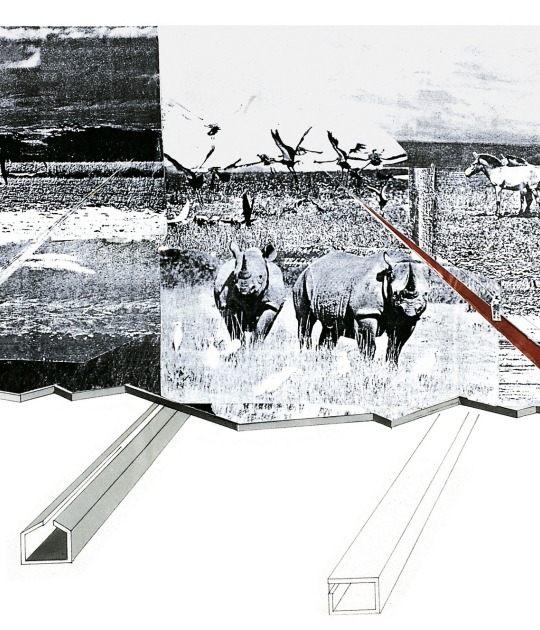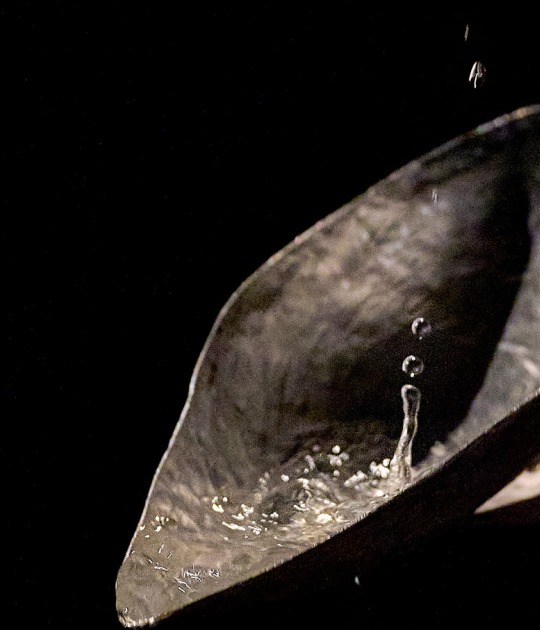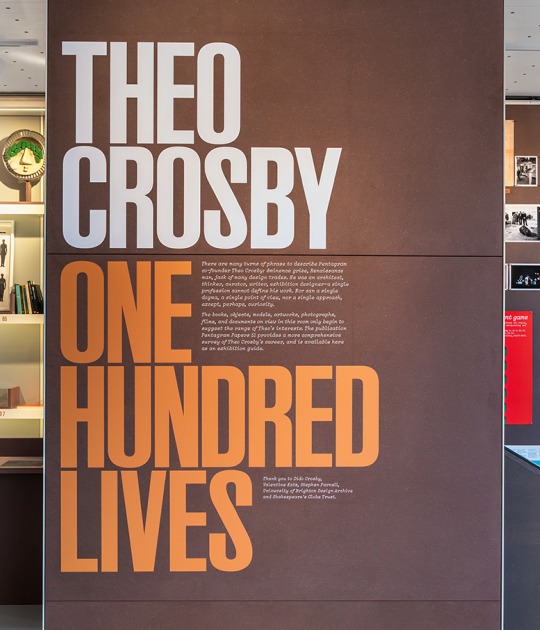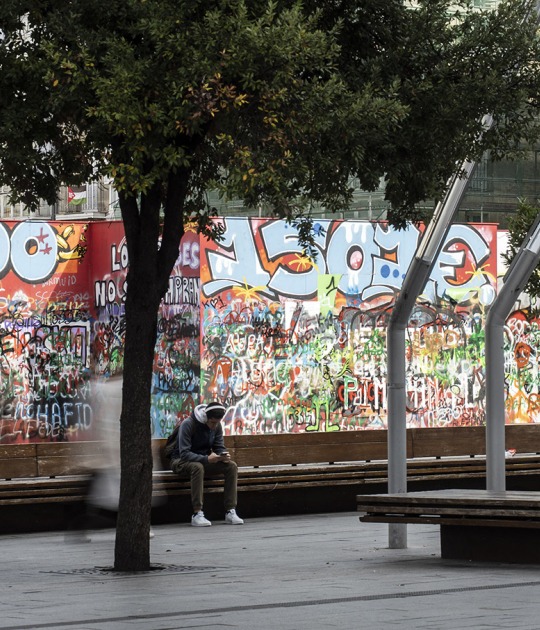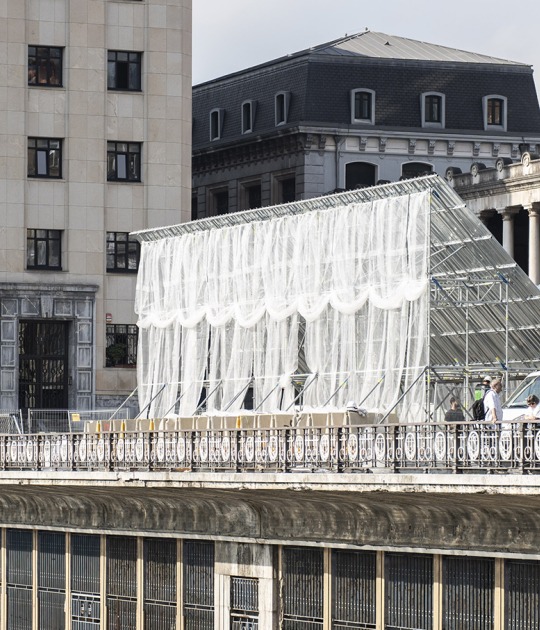"Tadao Ando endeavors" shows us more than 200 models, sketches, and drawings of some of Ando’s most popular projects in Japan, such as the Row House (1976), the Church on the Water (1988), and the Church of the Light (1989). Additionally, the exhibition demonstrates Ando's passion for working with existing architecture by showcasing his series of restoration projects, including the restoration of the Punta della Dogana contemporary art museum in Venice, Italy.
Tadao Ando, who is known for his unconventional résumé as a former professional boxer turned self-taught architect, made a start to his architectural career in 1969 as an “urban guerrilla”. The exhibition begins with a brief narration of Ando's life a few years before becoming an architect, and goes on to describe how he arrived the architecture, and how he has since been constantly delivering novel designs that challenge our visions about architecture.
Description of the exhibition
How did this exceptional architect develop his exquisite sensibility and great ability to take action? What is the source of his energy? This section lays out the history of Tadao Ando’s activities through a presentation showcasing travel sketches he made before he became an architect and the designs of his atelier, which he reworked through a series of renovations. A part of his personal workspace has been recreated at full scale as it appears today to provide a glimpse into the everyday life of the architect.
SECTION I: ORIGINS/HOUSES
For Tadao Ando, the origins of architecture lie in the house, which is a receptacle for the fundamental human act of dwelling. It was through designing houses that Ando perfected the basic form of his signature architecture characterized by exposed cast-in-place concrete, simple geometric forms, and symbiosis with nature. This section features a selection from the more than 100 residential projects Ando has designed, including his most recognizable works from the early years of his career and large-scale works he has recently designed for sites overseas.
SECTION II: LIGHT
The spaces Tadao Ando aims to realize only truly come into being when nature breathes light and wind onto the blank canvases he creates with simple forms shaved down to the bare minimum. This is most palpable in his works of church architecture. This section is dedicated to introducing his most representative sanctuary spaces and features a full-scale replica of the Church of the Light that has been built as a special installation in the open-air exhibition area.
SECTION III: VOID SPACES
There is one goal that self-proclaimed “urban guerrilla” Tadao Ando has always attempted to achieve with his projects in cities, and that is to deliberately create “yohaku”, or “void spaces”, where people can come together. This section illustrates the process of Ando’s attempts to achieve this goal through presenting a comprehensive genealogical record of his works of urban architecture, which range from his early small-scale commercial buildings to complexes built after the year 2000, such as Omotesando Hills, the Tokyu-Toyoko Line Shibuya Station, and the Shanghai Poly Grand Theater.
SECTION IV: READING THE SITE
Tadao Ando began making buildings embedded in rich natural settings in the late 1980s. Since then, he has shaped beautiful, bold landscapes with his work in places around the world. These works share a common theme in that they are integrated into their surroundings and augment the unique character of their sites. This section presents a genealogical record of Ando’s architectural work in natural environments and features an immersive installation of the Naoshima Project, which he has developed over the span of three decades.
SECTION V: BUILDING UPON WHAT EXISTS, CREATING THAT WHICH DOES NOT EXIST
Tadao Ando has always considered the theme of revitalizing historic buildings as an exciting challenge. This section illustrates a genealogical record of his work in architectural preservation and revitalization through a presentation that includes his early unrealized projects, works he has realized within Japan, his series of projects in the historic city of Venice centered on the Punta della Dogana, and also his latest project currently in progress in the heart of Paris.
SECTION VI: NURTURING
One reason why Tadao Ando is called a unique architect is because he is actively involved in social initiatives that go beyond the realm of architecture. This section illustrates Ando’s belief that “building-making = environment-making” through documentary videos that capture his environmental improvement projects for areas around his completed buildings, community development work in his hometown of Osaka, and ecological regeneration programs in coastal areas of the Seto Inland Sea and Tokyo Bay.





















